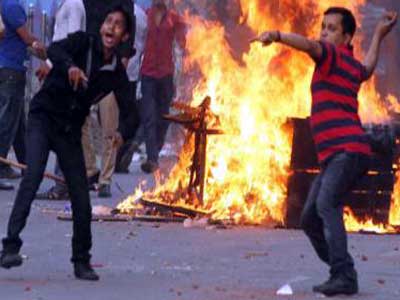In a study, three Norwegian researchers attempt to bring clarity to this question by undertaking the first systematic examination of quantitative research on this topic.
Based on the analysis, the evidence very strongly suggests that increasing education levels in the population at all levels of the education system—primary, secondary, and postsecondary—reduces most forms of armed conflict and fosters peace.
This has important policy implications since, compared to other factors that affect political violence, education is something that almost all governments can do something about through national policy.
The researchers note that while the expansion of postsecondary education has been voiced as a concern—particularly as it relates to recruiting terrorists and promoting low-level protests—the evidence suggests there is little reason that governments should be cautious about rapidly expanding access to education.
Although some evidence suggests that terrorists are often well educated and rarely marginalized, this does not imply that providing education in areas prone to terror will lead to more terrorist violence. The higher-than-average education levels among recruits to terrorist organizations are likely to be a selection effect, whereby more educated and thus qualified recruits are chosen over those who are less qualified.
Restricting educational opportunities for young people is not likely to be a productive strategy for governments seeking to curb terrorism, according to research work.
Overall, the researchers found that lack of male education appears to be the strongest predictor of conflict. Systematic inequalities in access to education between religious and ethnic groups also appear to fuel conflict, whether this is caused by grievances among or simply by too few opportunities for young people in the disadvantaged group. Higher levels of gender parity in educational outcomes are also associated with less violence.
















